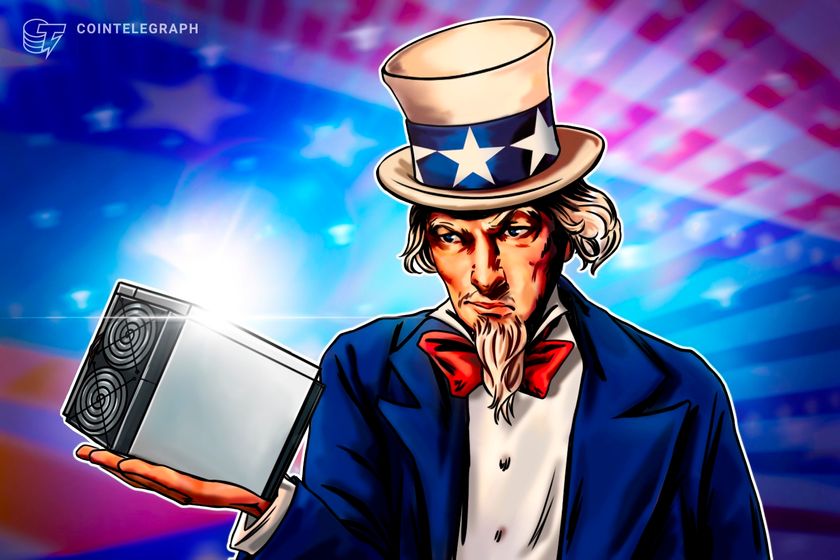

Texas Senator Ted Cruz proposed a bill aimed at incentivizing crypto miners to use flared gas for energy generation in the state.
In an April 1 notice, Cruz said he had introduced the Facilitate Lower Atmospheric Released Emissions, or FLARE, Act in the US Senate, aiming to make Texas “the number one place for Bitcoin mining.” Mining advocacy group Digital Power Network supported the bill, and Bitcoin (BTC) miner MARA Holdings endorsed the proposed legislation on X, claiming it would reduce emissions and “unlock stranded energy.”
April 1 draft of FLARE Act. Source: Ted Cruz
According to the text of the bill, the FLARE Act proposed amending the US Internal Revenue Code to incentivize market participants — including digital asset miners — to “capture gas that would otherwise be flared or vented and to use such gas in value-added products.” If signed into law, the legislation would take effect on properties put into service starting in 2026.
Related: Bitcoin mining using coal energy down 43% since 2011 — Report
A US senator serving since 2013, Cruz, a Republican, has sometimes proposed legislation that aligns with mainstream figures in his party, including US President Donald Trump. He introduced a bill in March to prohibit the Federal Reserve from issuing a central bank digital currency (CBDC) and disclosed personally holding up to $100,000 in Bitcoin as of August 2024.
Crypto bills moving through US Congress
In addition to the energy incentives proposed in the bill, Cruz said the language “prohibits entities owned by China, Iran, North Korea, or Russia” that may be operating in Texas from recovering their costs in the same manner. Many US miners, including MARA, Riot Platforms and CleanSpark, operate in the state.
It’s unclear whether Cruz’s bill will be a legislative priority in the Senate as Congress considers bills to regulate stablecoins and establish a market structure for digital assets in the US. Some lawmakers have also proposed legislation potentially banning a US CBDC and removing regulatory obstacles to allow Americans to invest in crypto for their retirement plans.
Magazine: Ex-Alameda hire on ‘pressure’ to not blow up Backpack exchange: Armani Ferrante, X Hall of Flame



